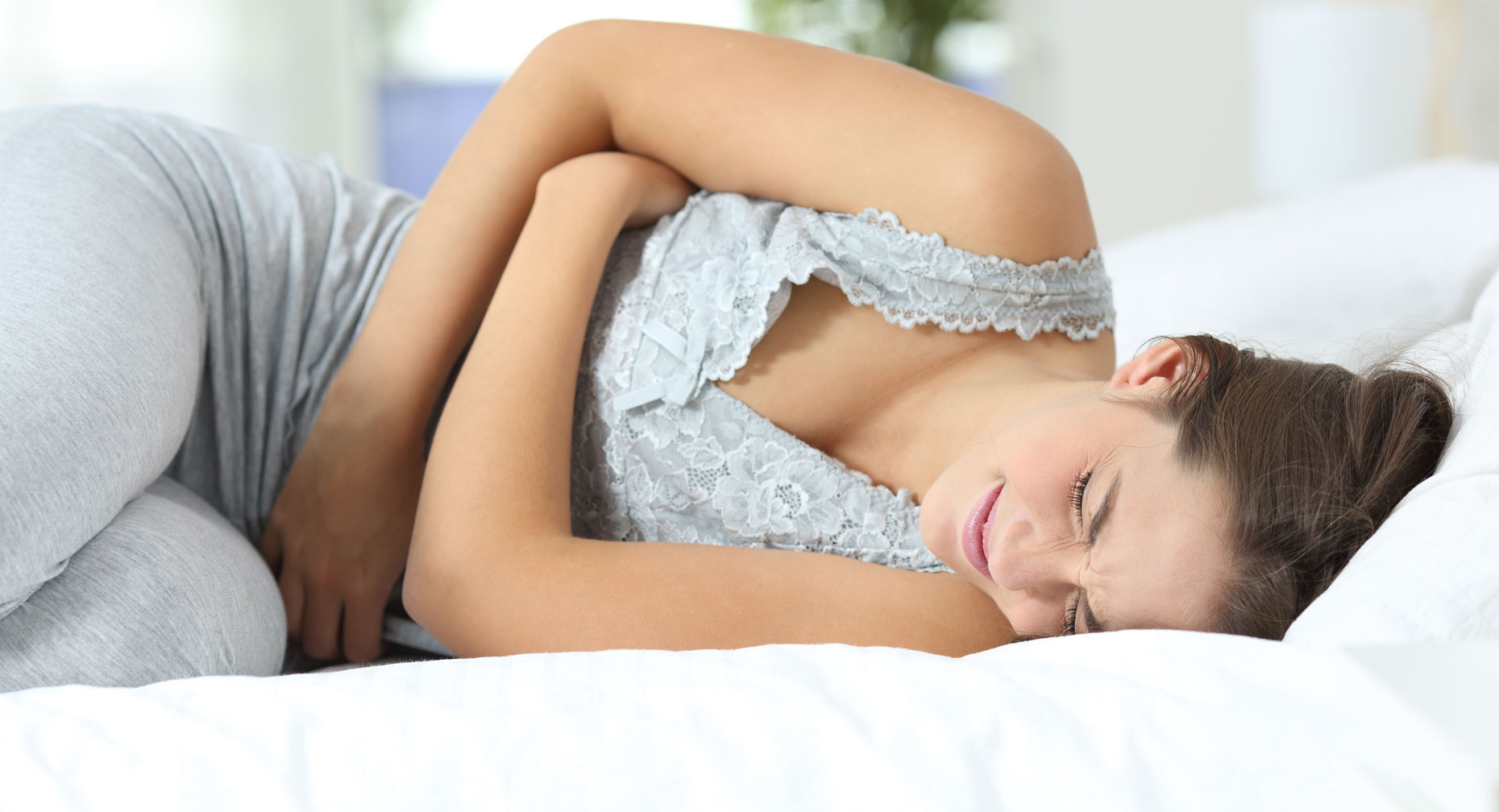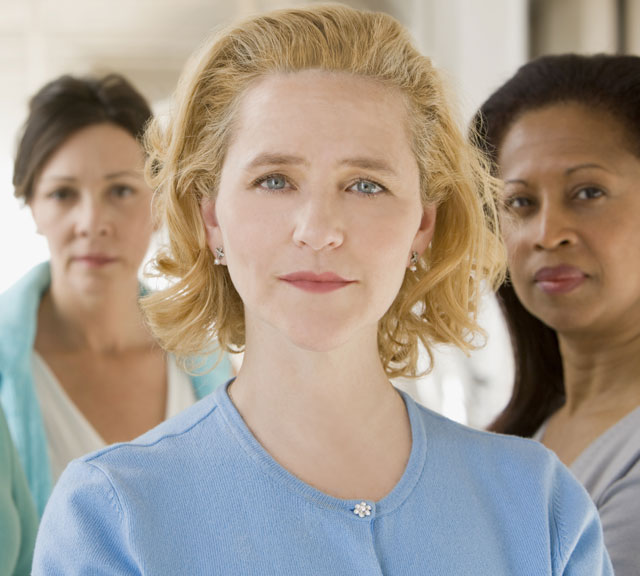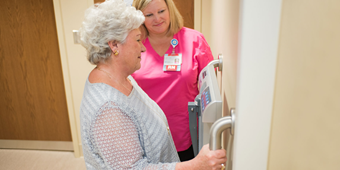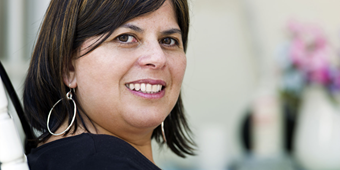Endometriosis: Big Name for a Big Pain

Answer a few questions and we'll provide you with a list of primary care providers that best fit your needs.
Until recently, women rarely talked about it. Pelvic pain, cramps and problems with getting pregnant — results of endometriosis — drew little attention in the public spotlight. Many women struggled quietly to understand their symptoms and find a diagnosis.
Now celebs like Susan Sarandon, Whoopi Goldberg and Lena Dunham have taken up the challenge to reveal their own struggles with endometriosis. These high-profile stories are shining a light on its sometimes debilitating, sometimes heartbreaking effects.
Endometriosis Sufferers: You Are Not Alone
Endometriosis is more common than you might think. As many as one in 10 women of childbearing age have this condition. That’s as many as 5 million women! For them, the tissue that typically lines the uterus begins growing in other areas of the pelvis, often causing significant pain. Women in their 30s and 40s are most likely to be diagnosed, although it can begin much earlier.
Heather Hilkowitz, MD, Hilltop Obstetrics & Gynecology, describes what endometriosis is.
Click play to watch the video or read video transcript.
Each month, the lining of the uterus, called the endometrium, thickens to prepare for pregnancy and then sheds endometrial tissue when you have your period. If you have endometriosis, this tissue also can grow in other places:
- Ovaries
- Fallopian tubes
- Tissues that hold the uterus in place
- Outside of the uterus
This abnormal tissue has been found to grow in the bladder, intestine, rectum, vagina, cervix and vulva — and sometimes even in places like the brain or lungs.
When you have your monthly menstrual period, the tissue outside the uterus can become inflamed and may release tiny drops of blood. This bleeding can irritate surrounding tissue and cause pain, cramps and sometimes scarring.
Cysts can form, as small as a pea or larger than a grapefruit. Scar tissue called adhesions can bind the pelvic organs together, cover them entirely, or involve nearby intestines. The adhesions may keep fallopian tubes from picking up the egg from the ovary during ovulation. Endometriosis also may grow into the walls of the intestine or into tissue between the vagina and the rectum.
Endometriosis has strong links to infertility and chronic pelvic pain. Up to 50 percent of women with infertility issues have endometriosis. Twenty percent of women with chronic pelvic pain have the condition.
What Causes Endometriosis?
No one knows for sure what causes endometriosis, but doctors have several theories.
Dr. Hilkowitz reviews current thinking on some possible causes of endometriosis.
Click play to watch the video or read video transcript.
As Dr. Hilkowitz notes, some experts think the condition may result from tissue shed during a woman’s period flowing backward through the fallopian tubes and into the pelvis. Although it’s not uncommon to have some of this backward flow, not all women develop endometriosis.
Genetics could play a role, as endometriosis seems to run in families. Immune system disorders may contribute by failing to destroy endometrial tissue outside of the uterus.
The hormone estrogen seems to promote endometriosis, so researchers are looking at this as a possible trigger.
Women in their 30s and 40s are most likely to be diagnosed, although it can begin much earlier.
Other theories suggest that endometrial tissue becomes displaced during abdominal surgery or a Cesarean section. Exposure of the uterus to chemicals such as dioxin also may be a contributing factor.
Whatever the cause, it’s important to identify if you have endometriosis, especially if you are planning to have children.
Learn more about the symptoms of endometriosis and who’s at risk.
Answer a few questions and we'll provide you with a list of primary care providers that best fit your needs.
Source: Heather Hilkowitz, MD, Hilltop Obstetrics & Gynecology; American Congress of Obstetricians and Gynecologists; WomensHealth.gov; National Institutes of Health; American Society for Reproductive Medicine







